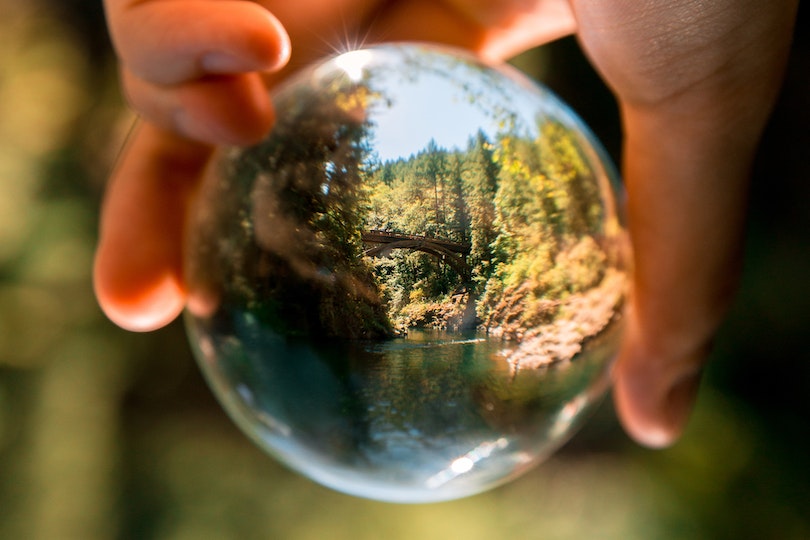Environmental monitoring is often overlooked as an essential element of running an organisation. But, what exactly does it entail? And, in which sectors is it the most crucial for day-to-day operations? Let’s take a look.

What is Environmental Monitoring?
Put simply, environmental monitoring is the observation and tracking of the conditions in a specific area. In a business, this will be a building, room, or smaller enclosed space – more broadly, the United Nations Economic Commision for Europe carries out environmental monitoring on the wider ecosystem. Here, we will be discussing the former.
Most commonly, an environmental monitoring system will involve keeping an eye on the air, power supply, temperature, and pollutants using a sensor. The sensor will pick up any power surges, dust, humidity, sudden changes in temperature, and so on, alerting you to these potential issues. This will allow you to solve the problem before it becomes a potentially hazardous or catastrophic situation.
What Organisations Can Benefit From Environmental Monitoring Systems?
Data Centres
Any specific data storage organisation or business that stores data in a server room can benefit from a data centre environment monitoring system. If a server room was to be overcome by excess moisture or damp, this can cause irreversible damage to the equipment. Similarly, dust and debris can become trapped in the equipment, and sudden changes in temperature can cause it to overheat.
More importantly, data centres and server rooms need a consistent and constant power supply in order to function. If there was ever a power failure or power surge, the loss of data and potential business downtime could result in significant loss of trust and profit as an organisation.
Museums and Galleries
Museums will store and display very sensitive objects and artefacts that are simply irreplaceable and invaluable. Thus, it is important for museums to store these items properly, which includes the optimal environment for the preservation of the artefacts in question.
In this scenario, the key elements will likely be the temperature and humidity. If the air is too warm and dry, it might break – but too cold and wet, and it can be irreparably damaged. Of course, they will likely be backlit by lights too, so ensuring the lights don’t overheat the display is crucial.
Collections and Archives
Similarly to museums, collections and archives will have a carefully curated collection of books, texts, and documents of historical importance. Though you will likely not be able to see these items without special permission, it is important to ensure that they are stored in an appropriate environment.
Storage
Following on from this, storage organisations can also benefit from environment monitoring for the same reason. Though, of course, items stored will likely not be as priceless as those found in a museum, gallery, or archive, your customers have still put their trust in you to keep their items safe, and so the same care and attention should be given to all lockers, self storage units, or mobile storage you have onsite.

Monitoring the environments will ensure that furniture doesn’t become cracked or warped, and that mould or mildew won’t have the chance to grow on any of the stored items in your facility.







